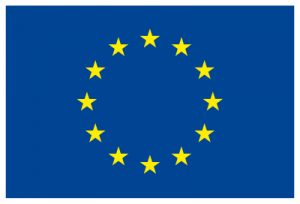RICHES Task 6.1 investigates by means of case studies how digital technologies are transforming the ways in which cultural institutions mediate cultural content and interact with their audiences.
In the first research strand of this task, cases of re-use of cultural content aggregated in digital libraries for the creation of specific applications, i.e. digital collections and digital exhibitions are analysed. Further, a testing methodology focusing on the users in terms of needs, expectations and requested skills is developed and applied in qualitative user-centred evaluations of selected services – digital libraries, digital collections and exhibitions – provided by Turkish libraries and German museums. Interviews with library and museum professionals involved in the development and maintenance of digital libraries, digital collections and exhibitions helped to understand if, in designing such systems, cultural heritage institutions take in consideration the information needs, skills and expectations of the intended audiences. They also highlighted the potential of museum and library online information systems to stimulate interaction with their intended audiences and increase their engagement with digital cultural content.
The second research strand of Task 6.1 concerns the museums as places for education and learning and their role in lifelong learning society. It explores the ways in which museums – by integrating collections, spaces and learning programmes into a new joined-up framework which connects formal and informal learning providers -, can contribute in increasing access to cultural life and fostering social cohesion, innovation and creativity. Through surveys and interviews, a number of innovative learning elements have been identified that apply to museums (including examples of the creation of special learning facilities within exhibitions, interactive learning spaces as separate spatial units and digital exhibitions) and best practices associated with their integration in museum educational programmes.
Table: Principles of the user-centred evaluation methodology
| User-centered evaluation | – to understand why people visit the service (i.e. the online collection SMB-digital);- to understand how they are using it (what are the main activities that people do);to understand what sort of meaning visitors make when they visit this service. |
| User needs | – Why do/would they use the service? What are their motivations?- How are different types of audiences using information provided by the service?- What information do they need?- Do they get the information they need |
| User requested skills | – Is the service easy to use?- Is it easy to understand how to find the information they need?- What skills are required in order to use the service effectively and efficiently?- Is appropriate information (=help) provided in case the users are not familiar with the proposed functions? |
| User expectations | – Is the service attractive?- Are the users’ expectations satisfied?- What more would they like to have?- Feedback from the users to formulate quality criteria of the services and recommendations for improvement of the services |

